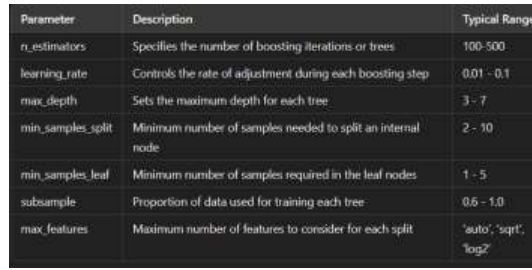AI driven health recommender
K. Vignesh, B. Pranavi, Ch. Sreenidhi·October 23, 2024
Summary
An AI-driven health recommender system uses predictive analytics to analyze symptoms, offering precise disease predictions and personalized health advice. It leverages algorithms like SVM, Gradient Boosting, and K-means clustering for detailed insights, including associated symptoms, causes, and complications. The system provides tailored recommendations on preventive actions, diet, and workouts, enhancing proactive health management. Implemented with Flask API and web technologies, it ensures easy access. This innovation aims to improve preventive care, reduce healthcare costs, and boost patient outcomes, with future developments focusing on integrating larger datasets and NLP for more accurate recommendations.
Introduction
Background
Overview of AI in healthcare
Importance of predictive analytics in health management
Objective
Aim of the AI-driven health recommender system
Expected outcomes and benefits
Method
Data Collection
Sources of health data
Types of data collected (symptoms, medical history, lifestyle factors)
Data Preprocessing
Data cleaning and normalization
Feature selection and engineering
Model Selection
Algorithms used (SVM, Gradient Boosting, K-means clustering)
Justification for chosen algorithms
Model Training and Validation
Data splitting for training and testing
Evaluation metrics (accuracy, precision, recall)
Implementation
Technology stack (Flask API, web technologies)
Deployment considerations
System Functionality
Disease Prediction
Algorithmic approach for disease prediction
Explanation of how symptoms are analyzed
Personalized Recommendations
Types of recommendations provided (preventive actions, diet, workouts)
How recommendations are tailored to individual needs
Associated Information
Details on associated symptoms, causes, and complications
How this information is integrated into recommendations
Benefits and Impact
Improved Preventive Care
How the system enhances proactive health management
Cost Reduction
Potential savings in healthcare costs
Patient Outcomes
Expected improvements in patient health and well-being
Future Developments
Plans for integrating larger datasets
Incorporation of NLP for enhanced accuracy
Conclusion
Summary of Key Points
Future Directions
Call to Action
Basic info
papers
artificial intelligence
Advanced features


